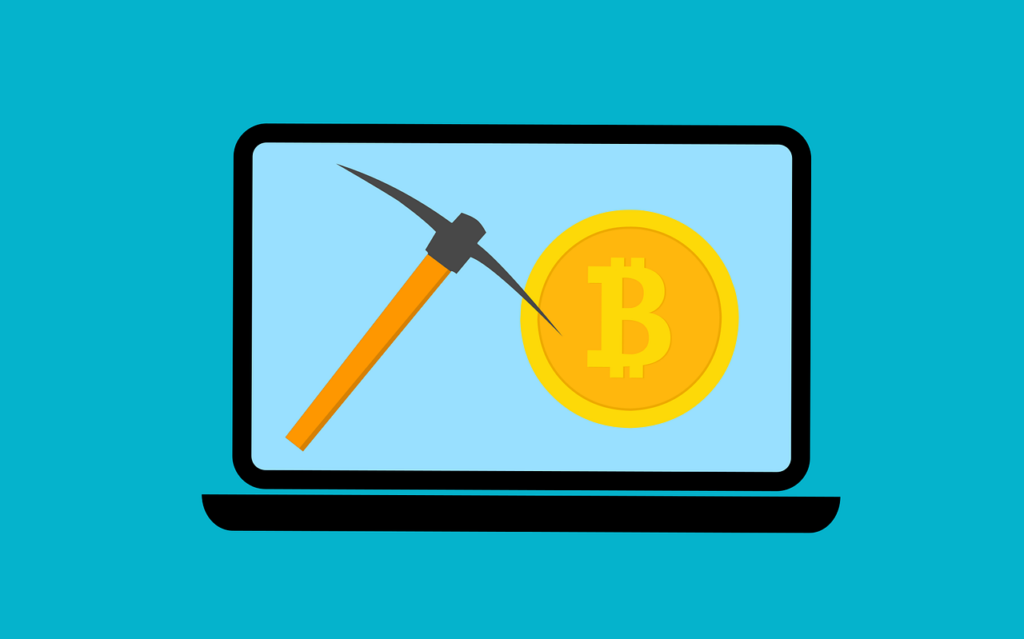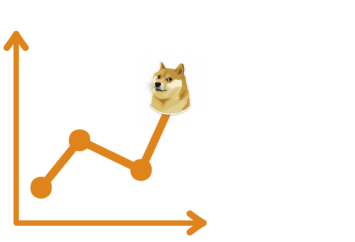Cryptocurrency has revolutionized the way we think about money, finance, and technology. But have you ever wondered how new coins are created? Two of the most popular methods are crypto mining and staking. Both play a crucial role in maintaining blockchain networks, but they differ significantly in how they operate and the rewards they offer. Whether you’re a beginner, enthusiast, or investor, understanding these concepts is essential to navigating the crypto space.
In this article, we’ll break down the differences between crypto mining and staking, explore how they work, and help you decide which method might be right for you.
In This Article
- What Is Crypto Mining?
- How Does Crypto Mining Work?
- Pros and Cons of Crypto Mining
- What Is Crypto Staking?
- How Does Staking Work?
- Pros and Cons of Staking
- Mining vs. Staking: Key Differences
- Which Method Is Right for You?
- Conclusion
- FAQs
What Is Crypto Mining?
Crypto mining is the process of validating transactions and adding them to the blockchain. It’s how new coins are created in proof-of-work (PoW) blockchains like Bitcoin and Ethereum (pre-merge). Miners use powerful computers to solve complex mathematical puzzles, and the first one to solve the puzzle gets to add the next block to the blockchain. In return, they receive newly minted coins as a reward.
Mining is energy-intensive and requires specialized hardware, such as ASICs (Application-Specific Integrated Circuits) or GPUs (Graphics Processing Units). It’s a competitive process, and the difficulty of mining increases as more miners join the network.
How Does Crypto Mining Work?
Here’s a step-by-step breakdown of how crypto mining works:
- Transaction Verification: Miners collect pending transactions from the network and verify their validity.
- Creating a Block: Verified transactions are grouped into a block.
- Solving the Puzzle: Miners compete to solve a cryptographic puzzle using their computational power.
- Adding the Block: The first miner to solve the puzzle broadcasts the solution to the network. Other nodes verify the solution, and if correct, the block is added to the blockchain.
- Rewards: The miner receives a block reward (newly minted coins) and transaction fees.
For example, Bitcoin miners currently receive 6.25 BTC per block (as of 2023), but this reward halves approximately every four years in an event called the Bitcoin halving.
Pros and Cons of Crypto Mining
Pros
- Decentralization: Mining helps maintain the decentralized nature of blockchain networks.
- Potential for High Rewards: Successful miners can earn significant amounts of cryptocurrency.
- Transparency: The process is open and verifiable by anyone.
Cons
- High Costs: Mining requires expensive hardware and consumes a lot of electricity.
- Environmental Impact: The energy consumption of mining has raised concerns about its carbon footprint.
- Competition: The increasing difficulty of mining makes it harder for individual miners to succeed.
What Is Crypto Staking?
Staking is an alternative to mining used in proof-of-stake (PoS) blockchains like Ethereum 2.0, Cardano, and Solana. Instead of solving puzzles, stakers lock up a certain amount of cryptocurrency to support the network’s operations. In return, they earn rewards for validating transactions and creating new blocks.
Staking is less resource-intensive than mining and is accessible to anyone with the required amount of cryptocurrency. It’s a popular choice for those who want to earn passive income while supporting the network.
How Does Staking Work?
Here’s how staking works in a proof-of-stake system:
- Acquire Cryptocurrency: Purchase the required amount of cryptocurrency for staking (e.g., 32 ETH for Ethereum 2.0).
- Lock Your Coins: Transfer your coins to a staking wallet or platform.
- Validation: Your coins are used to validate transactions and create new blocks.
- Earn Rewards: You receive staking rewards in the form of additional coins.
Staking rewards vary depending on the network and the amount of cryptocurrency staked. Some platforms also allow pooled staking, where multiple users combine their resources to increase their chances of earning rewards.
Pros and Cons of Staking
Pros
- Low Energy Consumption: Staking is environmentally friendly compared to mining.
- Passive Income: Stakers can earn rewards without active involvement.
- Accessibility: No expensive hardware is required, making it easier for beginners to participate.
Cons
- Locked Funds: Your coins are locked for a specific period, limiting liquidity.
- Minimum Requirements: Some networks require a significant amount of cryptocurrency to participate.
- Network Risks: If the network experiences issues, your staked coins could be at risk.
Mining vs. Staking: Key Differences
| Aspect | Mining | Staking |
| Energy Consumption | High | Low |
| Hardware Required | Specialized (ASICs, GPUs) | None |
| Accessibility | Requires technical knowledge | Beginner-friendly |
| Rewards | Block rewards + transaction fees | Staking rewards |
| Liquidity | Immediate access to rewards | Funds are locked for a period |
| Environmental Impact | High carbon footprint | Eco-friendly |
Which Method Is Right for You?
Choosing between mining and staking depends on your goals, resources, and technical expertise:
- Choose Mining If:
- You have access to affordable electricity and specialized hardware.
- You’re comfortable with the technical aspects of setting up and maintaining mining equipment.
- You want to support proof-of-work blockchains like Bitcoin.
- Choose Staking If:
- You prefer a low-cost, eco-friendly way to earn passive income.
- You’re new to crypto and want a beginner-friendly option.
- You’re interested in proof-of-stake blockchains like Ethereum 2.0 or Cardano.
For more information on crypto tools and platforms, check out our guides on the best cryptocurrency exchanges and essential crypto tools.
Conclusion
Crypto mining and staking are two fundamental processes that power blockchain networks and create new coins. While mining relies on computational power and energy-intensive processes, staking offers a more accessible and eco-friendly alternative. Both methods have their pros and cons, and the right choice depends on your individual circumstances and goals.
Whether you’re interested in mining, staking, or simply learning more about cryptocurrency, The Crypto Retail Hub is your go-to resource for reliable information, tools, and resources.
FAQs
1. What is the difference between proof-of-work and proof-of-stake?
Proof-of-work (PoW) relies on computational power to validate transactions, while proof-of-stake (PoS) uses staked coins to achieve the same goal. PoW is energy-intensive, whereas PoS is more eco-friendly.
2. Can I mine and stake at the same time?
Yes, but it depends on the cryptocurrencies you’re involved with. For example, you can mine Bitcoin and stake Ethereum 2.0 simultaneously.
3. How much can I earn from staking?
Staking rewards vary by network and the amount of cryptocurrency staked. On average, staking yields between 5% and 15% annually.
4. Is mining still profitable in 2023?
Mining profitability depends on factors like electricity costs, hardware efficiency, and cryptocurrency prices. While it can still be profitable, the barriers to entry are higher than ever.
5. What is a staking pool?
A staking pool allows multiple users to combine their resources to increase their chances of earning staking rewards. It’s a great option for those with smaller amounts of cryptocurrency.
For more insights into managing your crypto assets, explore our guide to the best cryptocurrency wallets.
By understanding the differences between crypto mining and staking, you can make informed decisions and maximize your potential in the ever-evolving world of cryptocurrency. Happy investing!
Financial Advice Disclaimer:
The information provided in this article is for educational and informational purposes only and should not be construed as financial, investment, or legal advice. Cryptocurrencies are highly volatile and speculative assets, and investing in them carries significant risks, including the potential loss of your entire investment. The content of this article does not constitute a recommendation to buy, sell, or hold any cryptocurrency or financial product.
Always conduct your own thorough research and consult with a qualified financial advisor, tax professional, or legal expert before making any investment decisions. Past performance is not indicative of future results, and the cryptocurrency market is subject to rapid changes, regulatory developments, and technological advancements that may impact the value and viability of digital assets.
The author and publisher of this article are not responsible for any financial losses, damages, or other consequences that may arise from your use of the information provided. Invest at your own risk and only with funds you can afford to lose.




